There’s something undeniably satisfying about slicing into a perfectly cooked steak. Whether it’s grilled, pan-seared, or sizzling fresh off the barbecue, steak holds a firm place in many people’s weekly menus—and for good reason.
It’s hearty, rich in flavor, and packed with nutrients that support muscle growth and energy.
But while this beloved cut of beef might make your taste buds dance, dietitians have a lot to say about what happens when steak becomes a regular guest on your dinner plate. Is eating steak often a power move for your health, or a slow march toward trouble?
The truth is, it’s complicated. On one hand, steak is an excellent source of high-quality protein, iron, and vitamin B12—nutrients your body craves to thrive. On the other, it can also be high in saturated fat, potentially inflammatory, and linked to health risks when consumed too frequently.
Like most things in nutrition, the key lies in balance and context. What kind of steak are you eating? How is it prepared? And what else is on your plate?
These factors can tip the scale from healthy indulgence to dietary red flag. To help you sort through the sizzle and the science, we’ve gathered insights from expert dietitians on the pros and cons of eating steak often.
Whether you’re a proud carnivore or just trying to make more informed food choices, this list will give you a clearer picture of how steak can support—or sabotage—your health goals.
So before you fire up the grill or place your next order, here’s what the experts want you to know about the benefits and potential drawbacks of indulging in steak on the regular.
1. High-Quality Protein Source

Steak serves as a powerhouse of high-quality protein, essential for muscle maintenance and repair. This complete protein source provides all nine essential amino acids, making it a favorite among fitness enthusiasts.
Not only does it help in building lean muscle, but it also aids in recovery post-exercise. For those looking to maintain a healthy physique, incorporating steak in moderation could be beneficial. The proteins in steak are easily digested, enhancing their effectiveness in muscle support.
With each bite, you’re fueling your body with the necessary building blocks to stay strong and active.
2. Rich in Iron
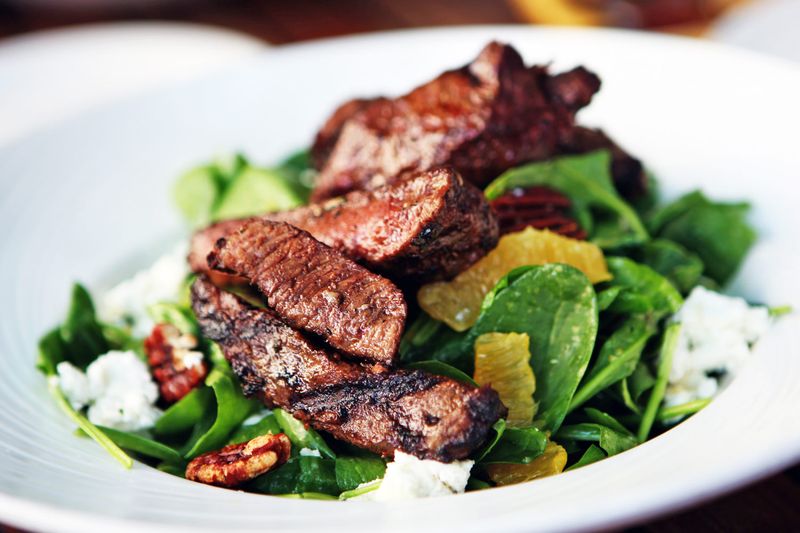
Iron is a critical mineral for our body’s functioning, and steak is a top source of heme iron, which is more easily absorbed than its plant-based counterpart.
For individuals prone to anemia or low iron levels, a juicy steak can make a difference. The body’s energy production and immune system greatly benefit from adequate iron intake. While spinach and legumes offer iron, the type found in steak integrates more seamlessly into our systems.
Consuming steak regularly ensures that your iron stores remain at optimal levels, supporting overall vitality and health.
3. Abundant in B Vitamins
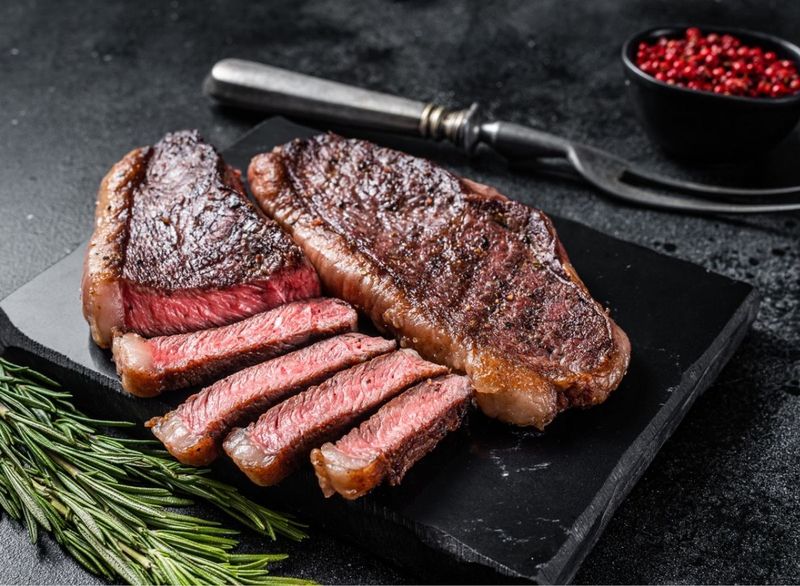
B vitamins are vital for energy metabolism and overall health, and steak is a fantastic source, especially of B12. This vitamin is crucial for brain health, red blood cell production, and nerve function.
While plant-based diets often require B12 supplementation, steak provides it naturally. Including steak in your diet may help fend off fatigue and support cognitive functions.
Each bite delivers a significant boost to your daily B vitamin intake, contributing to better overall wellbeing. It’s a delicious way to ensure you’re not missing out on these essential nutrients.
4. Supports Muscle Growth

For those serious about muscle building, steak is a go-to option. With its high protein and creatine content, it aids in muscle synthesis and growth.
Athletes and bodybuilders often include steak in their diets to maximize gains. It’s not just about aesthetics; having more muscle aids in metabolism and overall physical health. The creatine found naturally in steak supports strength and endurance during workouts.
Incorporating steak into your meal plan provides the nutrients needed to push harder and recover faster. It’s a delicious ally on your fitness journey.
5. Zinc for Immune Health
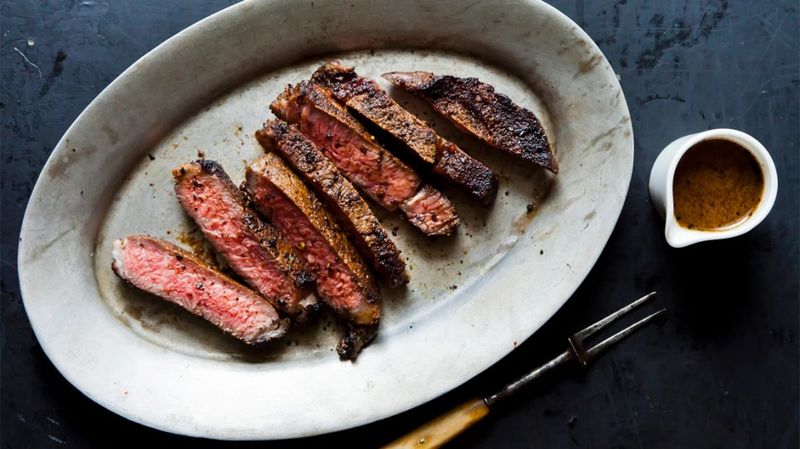
Zinc is an essential mineral that plays a role in immune function, and steak offers a generous amount. This nutrient is involved in wound healing, DNA synthesis, and maintaining a robust immune response.
Regular consumption of steak can support these bodily functions, keeping you healthier in the long run. Zinc also plays a part in taste and smell, adding to the sensory enjoyment of food.
By including steak in your diet, you’re not only indulging your taste buds but also bolstering your body’s defenses. It’s a tasty way to nourish your immune system.
6. Creatine Boost for Athletes
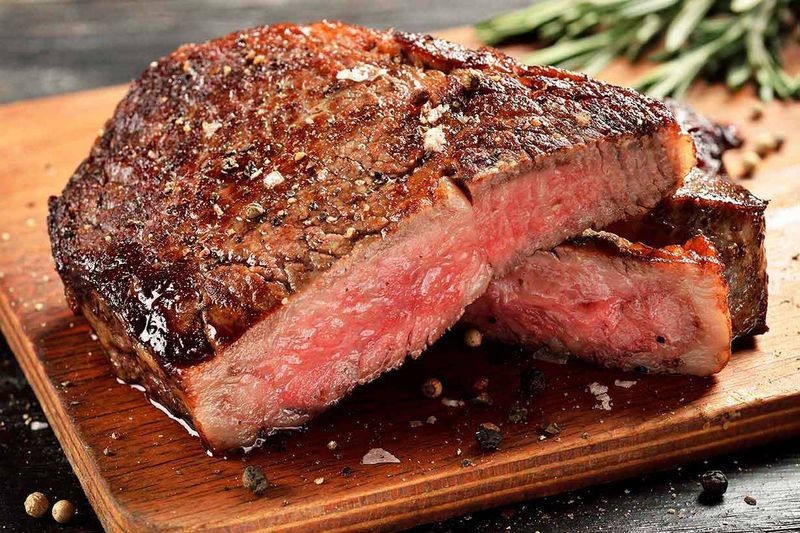
Creatine is a compound that benefits athletes by enhancing strength and performance in high-intensity exercises. Naturally present in steak, it becomes an integral part of an athlete’s diet.
This compound helps regenerate ATP, the energy currency of cells, allowing for improved endurance and strength.
Whether you’re lifting weights or running marathons, steak provides this boost naturally. Incorporating steak into meals can support training and performance goals. It’s a natural way to gain an edge in your athletic endeavors, with each serving offering more than just taste.
7. Satiating and Filling

When it comes to satisfying hunger, steak does the job exceptionally well. Its high protein and fat content means that you’ll feel fuller longer after a meal.
This satiating effect can help in controlling appetite and reducing unnecessary snacking throughout the day. For those managing their weight, this can be a helpful strategy. By opting for steak, you enjoy a delicious meal that keeps hunger at bay.
Plus, the sensory pleasure of a well-cooked steak contributes to an overall feeling of satisfaction. It’s a culinary experience that leaves you contented and nourished.
8. Good Source of Selenium
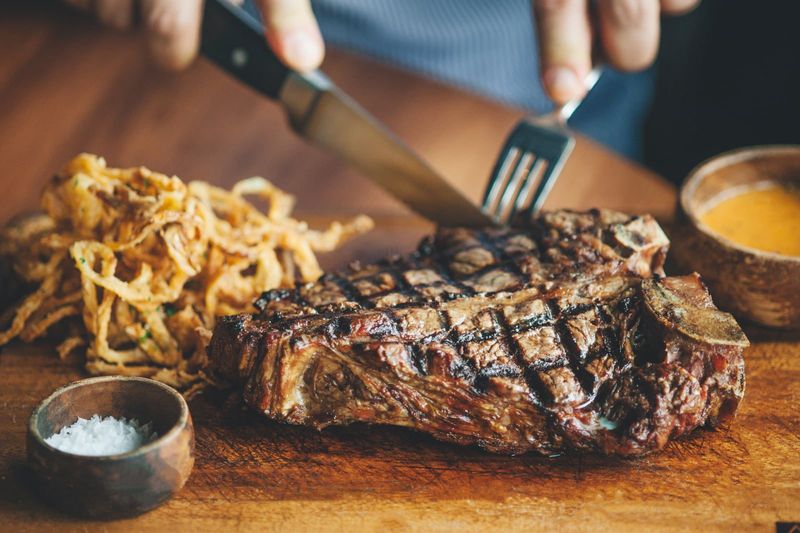
Selenium is an essential antioxidant that supports thyroid function and protects against oxidative stress. Steak offers a good supply of this mineral, making it a valuable addition to your diet.
The benefits of selenium extend to boosting immunity and reducing inflammation. As part of a balanced diet, steak contributes to maintaining healthy metabolic processes. Regular consumption ensures that your body has the selenium it needs to function optimally.
Whether you’re concerned about thyroid health or general well-being, steak provides a delicious way to meet your nutritional needs.
9. Collagen and Connective Tissue Support

Certain cuts of steak, rich in connective tissue, offer collagen and glycine, vital for joint, skin, and gut health. These nutrients support the body’s structural proteins, ensuring flexibility and resilience.
Including these cuts in your diet can enhance skin elasticity and joint comfort. Collagen supplements are popular, but steak provides a natural source that integrates well into meals.
The taste and texture of these cuts add variety to your culinary experience while offering health benefits. By choosing steak, you’re investing in the youthful vitality of your body.
10. Stable Blood Sugar

Protein-rich meals like steak help reduce blood sugar spikes, especially when paired with carbohydrates. This feature makes steak a favorable option for those managing blood sugar levels.
The combination of protein and fats in steak slows down the digestion of carbohydrates, providing a steadier release of glucose into the bloodstream. It’s a strategic choice for maintaining energy levels and preventing sudden crashes.
For individuals with insulin sensitivity, controlling blood sugar is crucial, and steak serves as a tasty ally in this pursuit. Its role in stabilizing blood sugar is as beneficial as it is delicious.
11. Natural Source of Fat-Soluble Vitamins
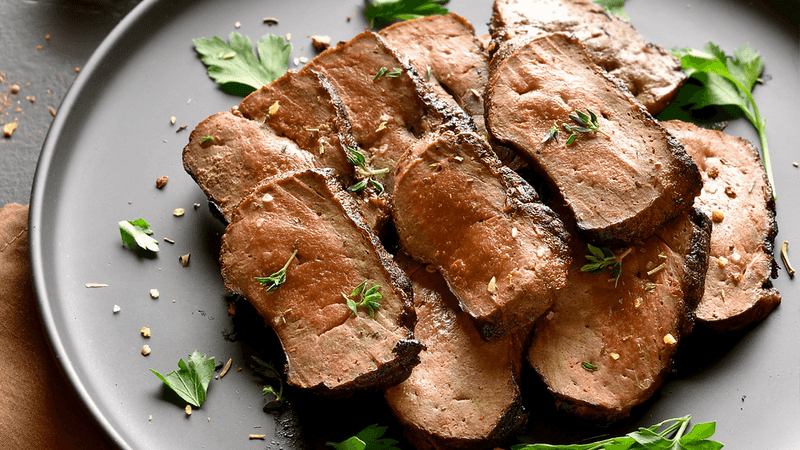
Grass-fed steak is not only a protein-rich treat but also a natural source of fat-soluble vitamins like A, D, E, and K2. These vitamins are crucial for various bodily functions, including bone health, immune support, and vision.
Unlike supplements, steak offers these nutrients in a form that’s easy for the body to absorb. Including grass-fed steak in your diet ensures that you receive these vitamins naturally. The rich flavors and nutrient density make it a favorite among health-conscious eaters.
It’s a wholesome way to enjoy both taste and nutrition in one meal.
12. Improves Nutrient Absorption
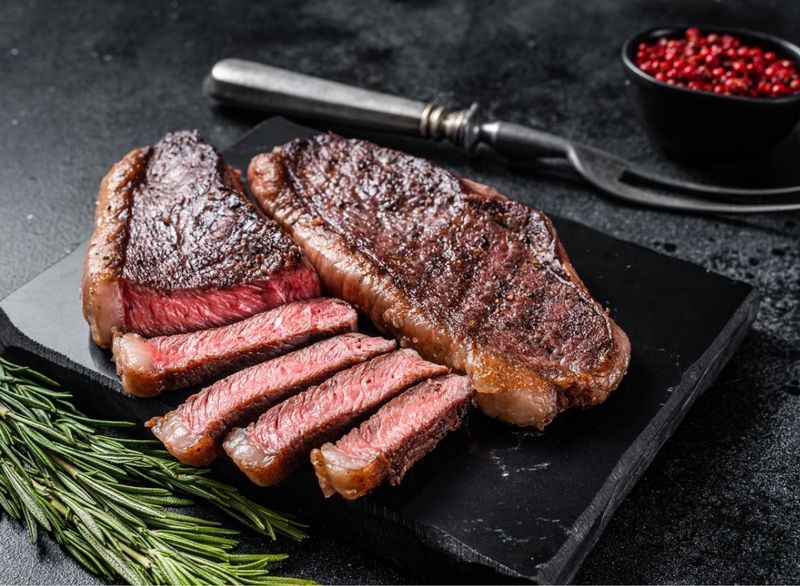
The fats present in steak play a crucial role in the absorption of nutrients from vegetables and other side dishes. This means that when you enjoy steak alongside a salad or steamed veggies, your body is better equipped to take in all those vital vitamins and minerals.
It’s not just about the steak itself, but how it complements other foods on your plate. By incorporating steak into your meals, you’re maximizing the nutritional value of your entire diet.
Let’s now move on to the cons of too much steak.
13. High in Saturated Fat

Saturated fat, found abundantly in steak, can be a concern for heart health. Regular consumption may raise LDL cholesterol levels, which is considered a risk factor for heart disease.
It’s important to balance steak intake with other lean proteins and plant-based foods. While the marbling in steak adds flavor, moderation is key to maintaining a healthy heart. For those with cholesterol concerns, selecting leaner cuts or trimming excess fat can help mitigate some risks.
Understanding the fat content allows for smarter dietary choices, ensuring steak remains a part of a balanced diet.
14. Linked to Colorectal Cancer
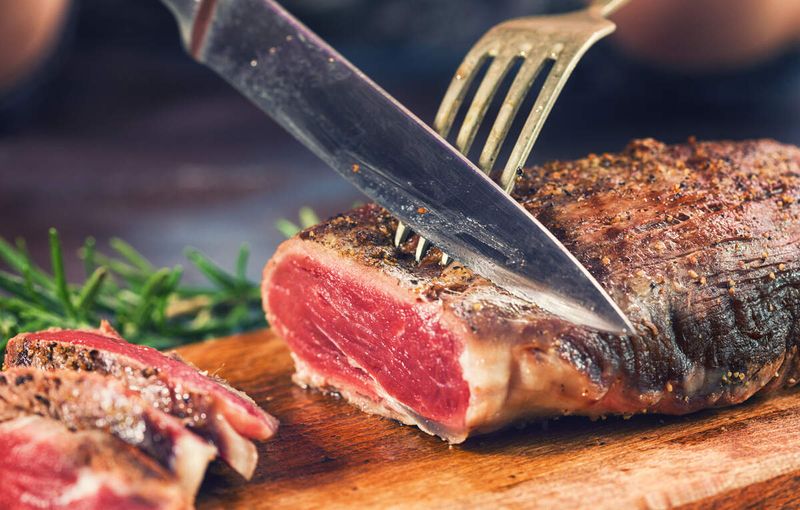
Studies have shown a link between frequent red meat consumption and a higher risk of colorectal cancer. The risk appears more pronounced with processed or overcooked steak.
High cooking temperatures can produce harmful compounds that are carcinogenic. While steak can be a delicious part of your diet, it’s wise to enjoy it in moderation and avoid charring.
Opting for cooking methods that limit exposure to high heat can reduce potential risks. Being informed about these risks helps in making healthier cooking and consumption choices, balancing taste with safety.
15. Possible Inflammation

Consuming steak regularly has been linked to increased inflammatory markers in some studies. Inflammation is a natural response, but chronic inflammation can lead to various health issues.
Balancing steak with anti-inflammatory foods like fruits, vegetables, and whole grains is advisable. Understanding your body’s response to different foods can guide dietary choices that promote health.
Reducing portion sizes and frequency may help mitigate inflammatory responses. It’s about finding a personal balance that allows you to enjoy steak without compromising your well-being.
16. Environmental Impact
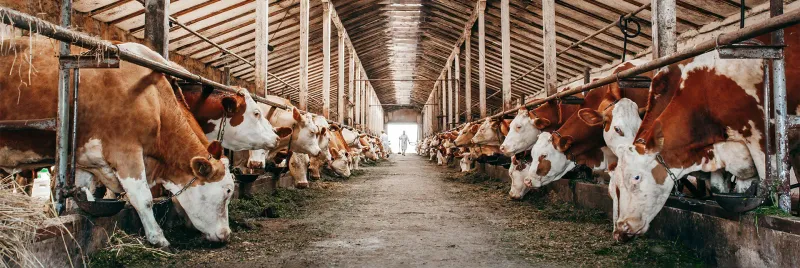
The production of beef, including steak, significantly contributes to greenhouse gas emissions, water usage, and deforestation. These environmental concerns have sparked discussions about sustainable eating habits.
Reducing steak consumption or opting for more sustainable sources can lessen individual environmental footprints. Awareness and conscientious choices play pivotal roles in addressing these issues. Supporting sustainable farming practices can also be a part of the solution.
By being mindful of the environmental impact, you contribute to a healthier planet while still enjoying your favorite meals.
17. Can Be High in Calories

Steak, particularly fatty cuts, can be calorie-dense, which might contribute to weight gain if consumed in large portions or frequently. Understanding portion control and selecting leaner cuts can help manage calorie intake.
It’s easy to indulge in the rich flavors of steak, but awareness of caloric content is essential for those monitoring their weight. Balancing steak with vegetables and whole grains can create a more calorie-conscious meal.
By making informed choices, you can savor steak’s taste without overindulging. It’s all about enjoying in moderation while keeping health goals in mind.
18. Purine Content Can Trigger Gout

Steak is rich in purines, compounds that break down into uric acid, potentially triggering gout in sensitive individuals.
Gout is a painful form of arthritis, and managing purine intake is crucial for those affected. Limiting steak and other high-purine foods can help reduce uric acid levels. For those prone to gout, finding a balance that allows steak enjoyment without flare-ups is key.
Consulting with healthcare professionals can provide guidance tailored to individual needs. It’s about enjoying steak thoughtfully while managing health risks.
19. Possible Hormone Disruptors
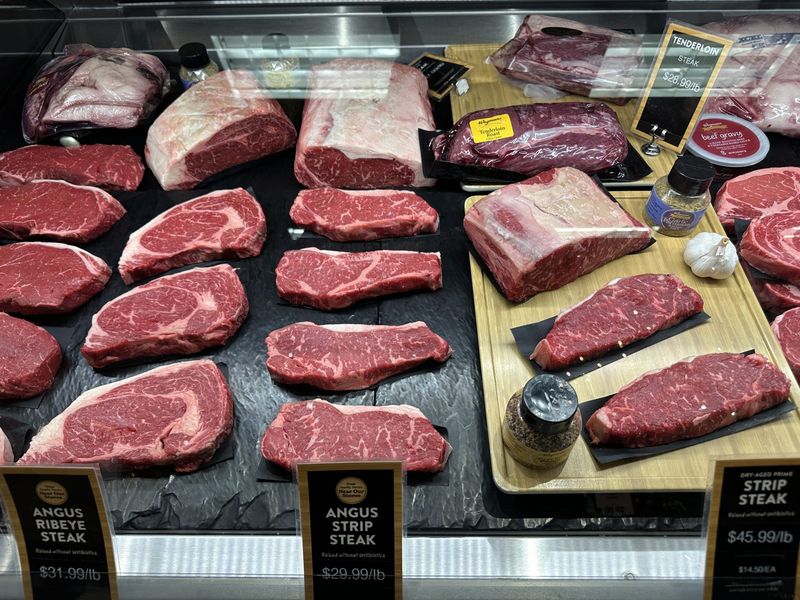
Conventionally raised beef may contain hormone residues used to promote growth in livestock. These hormones could potentially disrupt endocrine functions in humans. Organic or hormone-free beef options are available for those concerned about these risks.
Understanding the source of your steak and opting for quality products can mitigate potential issues. Awareness of these factors allows consumers to make informed decisions about their food. It’s about balancing enjoyment of steak with attention to health and well-being.
Making conscious choices can lead to a more wholesome dining experience.
20. Overcooking Risks (HCAs and PAHs)

Grilling or charring steak can produce harmful compounds like heterocyclic amines (HCAs) and polycyclic aromatic hydrocarbons (PAHs), which are linked to cancer. Moderating cooking methods and temperatures can reduce the formation of these compounds.
Using marinades and avoiding direct flame can also help. For those who love grilled steak, being mindful of these cooking techniques can make meals safer. It’s about enjoying the flavors of grilled steak without compromising health.
By adopting safer cooking practices, you can relish your steak with peace of mind.
21. Imbalanced Diet Risk

Focusing too much on steak can crowd out other important food groups, leading to an imbalanced diet. It’s crucial to maintain variety by including plenty of fruits, vegetables, and whole grains.
This ensures a well-rounded intake of nutrients, supporting overall health. Moderation allows you to enjoy steak without excluding other essential foods. Planning meals that incorporate diverse ingredients can prevent nutritional gaps.
It’s about creating harmony on your plate to nourish your body comprehensively. Balancing steak with other foods enriches both flavor and nutrition.
22. Potential Antibiotic Residue
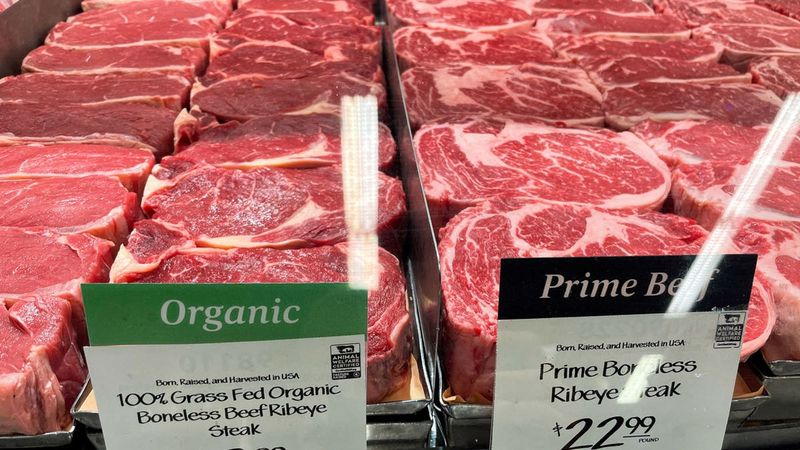
Non-organic beef might contain traces of antibiotics used in livestock, contributing to resistance issues. These residues, even in small amounts, pose concerns for public health.
Choosing organic or antibiotic-free steak can mitigate these risks. Being an informed consumer empowers you to make choices aligned with health priorities. Understanding labeling and product sourcing can guide these decisions.
It’s about enjoying steak responsibly, with attention to long-term health implications. By selecting quality steak options, you support better practices in the food industry.
23. Expensive Habit
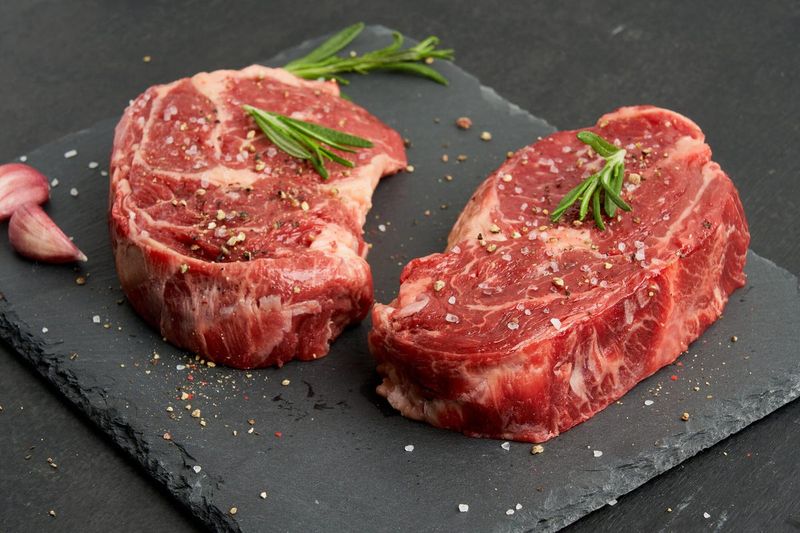
Quality steak can be an expensive indulgence compared to other protein sources. Regularly purchasing premium cuts might strain the budget for some.
Exploring different cuts or opting for less frequent indulgences can balance enjoyment with cost. Awareness of budget-friendly options doesn’t mean sacrificing taste or quality. Planning and creativity in meal preparation can make steak a viable option without breaking the bank.
By making conscious spending choices, steak remains a delightful part of your culinary repertoire. It’s about enjoying the luxury of steak while managing expenses wisely.
24. Digestive Discomfort

For some, high red meat intake can lead to digestive issues like bloating or constipation. Understanding your body’s response to steak can guide consumption patterns. Balancing steak with fiber-rich foods may alleviate some of these discomforts.
Moderation and mindful eating can help minimize adverse effects. It’s about recognizing individual tolerance levels and adjusting meals accordingly. By listening to your body, you can enjoy steak without digestive woes.
Leave a comment